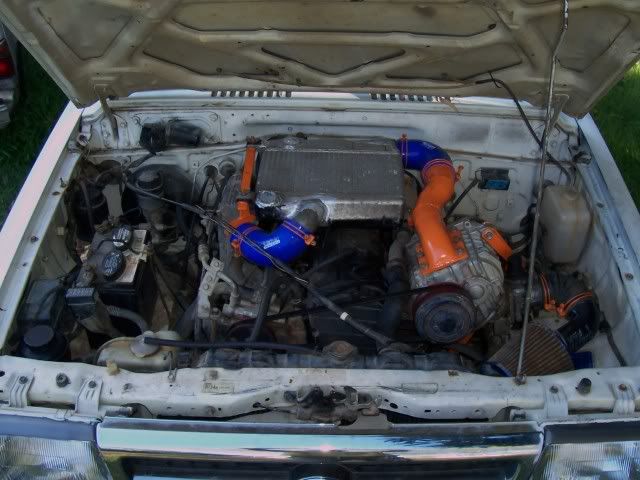well 1962CKD you googled it. Fantastic. Now do some study on thermodynamics [the 2nd law] and while you are at it look at the rest of the gas laws, not just the basic law.
Now as for a venturi also look up what happens to gas flows thru one, and while you are trying to figure it all out do some calculations on loss of efficiency and increase in friction[ that generates heat] of a gas flowing thru a inter-cooler. All those tubes create a loss of air velocity and generate heat. The only cooling you get is the heat transfer to the temperature of the cooling medium. that's calculated as Watts per square meter.
So tell me what is more efficient, air flowing thru a venturi, the calculation for that is
loss of pressure energy=gain in kinetic energy
IE P1xV-P2xV=[1/2mV2]squared-- [1/2mV1]suqared.
so the air has a mass,pressure ,volume and temperature when it comes out of the blower,and you then increase the velocity[kinetic energy] and the pressure in the chamber drops. BUT look at what I said. The air will cool[unless you have prooved the laws of physics wrong] and then the air is passed thru ANOTHER venturi from this chamber into the plenum chamber connected to the carbys. The air again will have a pressure drop but increase the velocity.
So we now have the same mass of air[which is the base for air fuel ratio for combustion14.8LBS of air to 1LB of petrol] that is travelling faster than the original velocity out of the blower[ higher kinetic energy] and that's what engine performance is about . The greater MASS [IE density/volume] of air into the cylinder.
OR air coming out of the blower that has to be pushed thru tubes[intercooler/restriction/friction] before it gets to the carbys.
The expansion chamber I am refering to' is positioned in air flow to assist in the cooling, but does not have restrictions.
Just for clarity I am refering to a blow thru constant pressure system not a suck thru a carby where the blower is sitting on top of the extractors getting the air heated up.
|
